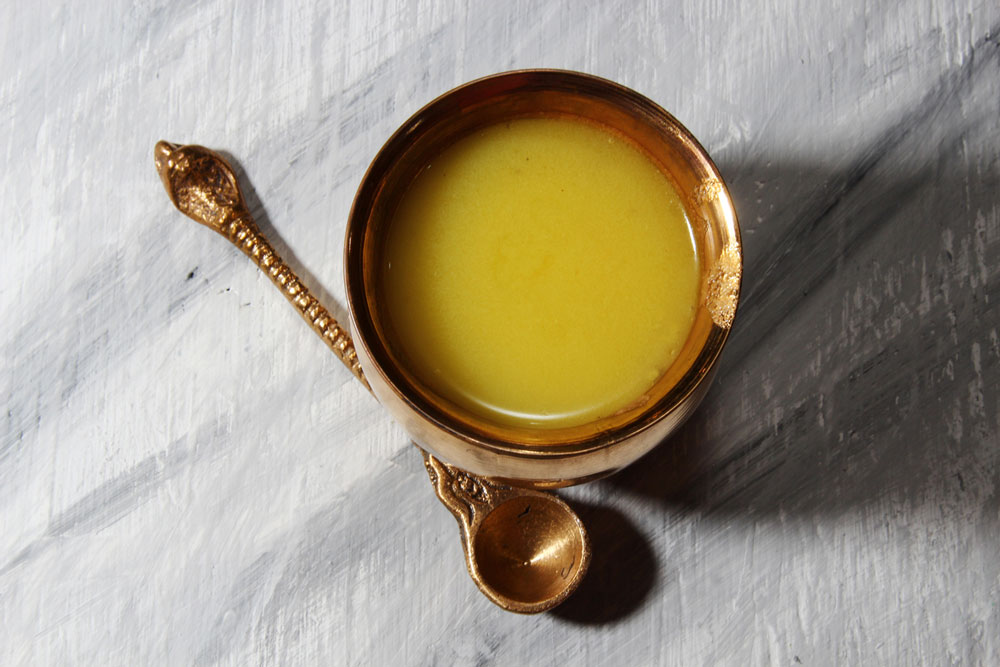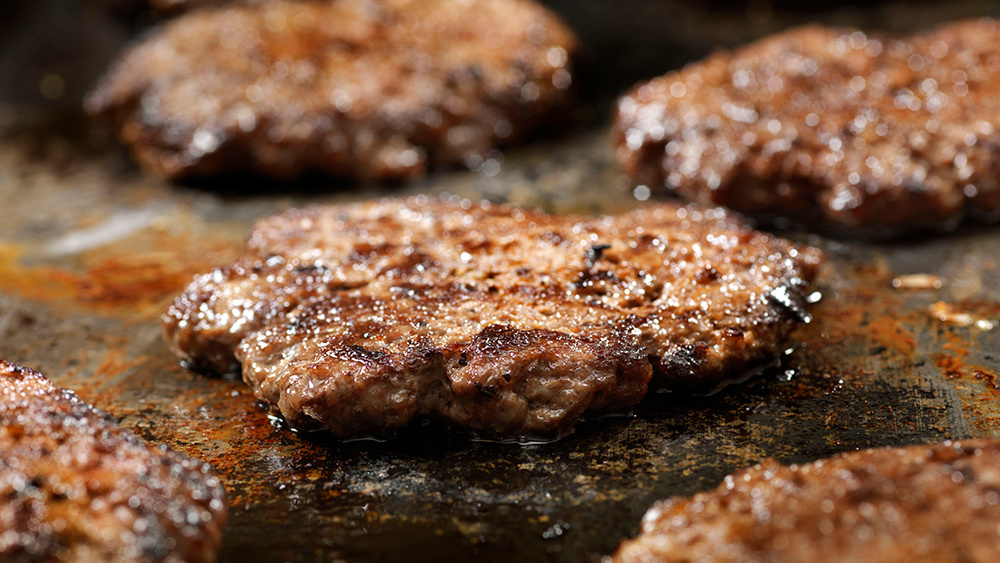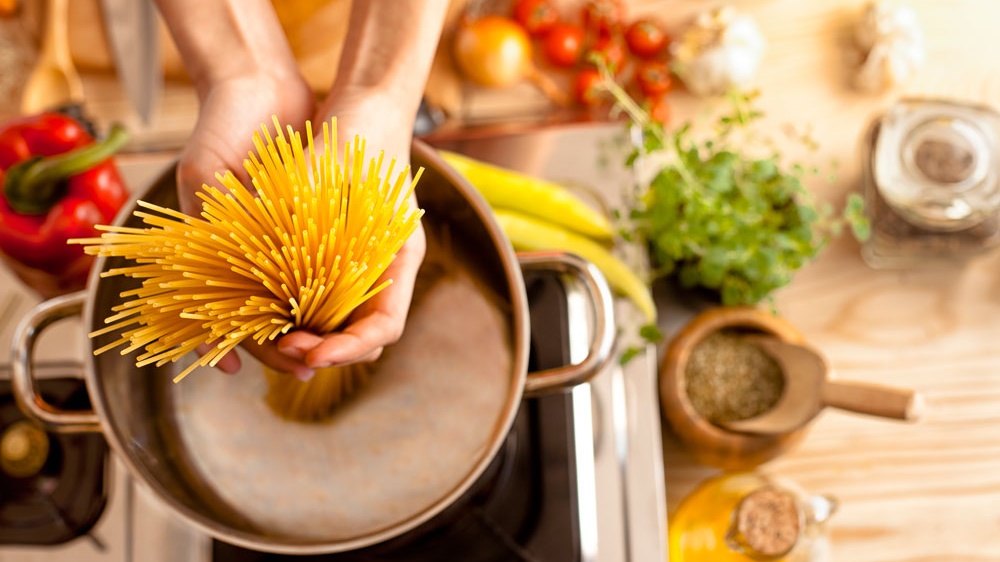The Goodness of Ghee

 Add to favorites
Add to favorites
My first encounter with ghee happened when I was a little kid. I had no idea it was ghee, but it had a special fascination for me.
On rare occasion, my mom and dad would take us out to dinner on Sunday evening. We usually went to a little bar/supper club call Bleiers. The long bar in front was usually crowded. There were booths along the side but we never sat in the booths. We were taken to a back dining room. That’s where families ate.
The dining room was dim but inviting. To this day, I like to sit in the dimmer part of the dining room rather than a bright spot. When you looked around the room the tables had those classic red, glass candle holders. Sunday evenings those candles were always lit. I find the romance in that.
The place was not fancy but the food was excellent. Every once in a while, one of my parents would order lobster tail. Only the adults were allowed to order lobster but if we were good, “us kids” might get a bite.
Before the lobster arrived at the table, there was a little contraption that arrived courtesy of the waitress. It was a metal stand that also had a little candle underneath it. It was lit and what was above it was a container of bubbling, melted butter. Yummy, bubbling goodness.
I now know that wonderful, warm butter was ghee. In the United States, we’d call it clarified butter. In southern Asia they’d call it ghee.
So what’s clarified butter (or ghee).
Clarified butter is butter melted on a low temperature until the water evaporates and the milk solids sink to the bottom.
Courtesy of my favorite food science guy, Alton Brown, here is a recipe for clarified butter and its cousin, ghee.
Alton Brown has an amazing capacity to take what others would explain in a complicated fashion and make it accessible. Thank you, Alton.
When I grew up and worked in a French restaurant, I was intrigued when I saw the chef making a pot of ghee. He took 12 pounds of butter and put it in a big soup pot early in the morning. It took all morning to melt down and become the golden goodness he used so liberally in his kitchen.
Ghee has an amazing capacity in the kitchen. It’s not only good for you, and tastes amazing, but one big reason to use it in cooking is the flash point. Use it instead of butter. Butter burns. Olive oil can burn. Ghee does not. So you can saute at a higher temperature and rest assured your food will cook perfectly, yet quickly. Restaurants use ghee all day long. You can even store a jar of ghee in your cupboard at room temperature. It won’t spoil. Clarified butter has to be stored in the refrigerator, but it will last quite a while.
There are tons of health benefits to ghee, too.
Ghee contains some healthy vitamins; A, E and K. They help with bone growth, tooth development and regulation of the immune system.
Ghee is a great source for quick energy. Ghee is metabolized quickly rather than being stored as fat. Your body happily eats it up.
Ghee helps keep your gut healthy. It can block the growth of bad bacteria and help promote the growth of beneficial bacteria in your gut. Take that, fancy yogurt.
Ghee is actually good for your heart. It can lower cholesterol and help keep your heart healthy.
Go to your local grocery store and in the cooking oil aisle you’ll find Ghee. Scoop some up. It’s not cheap but a little goes a long way.
Cheers,

Nothing found.
Smash Burgers
Recipes,ZS-5 Ingredients or Less,ZReboot,Featured Posts,ZSpecialties
Smash burgers are all the rage. Step into a brew pub and you’ll likely find a smash burger on the food menu. These are NOT the huge, 8oz burgers we’ve been fed in the past. These are a thinner burger…
Nothing found.
Who Invented St. Patrick’s Day?
I always knew I was of Irish descent, but I never really knew HOW Irish I was until I got my 23 n Me results back.
Kitchen Hacks for Enjoying Lower Carb Pasta Meals
Enjoy your pasta; just don’t do it too often. Follow hints like this and you’re much less likely to gain weight.





